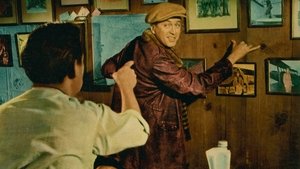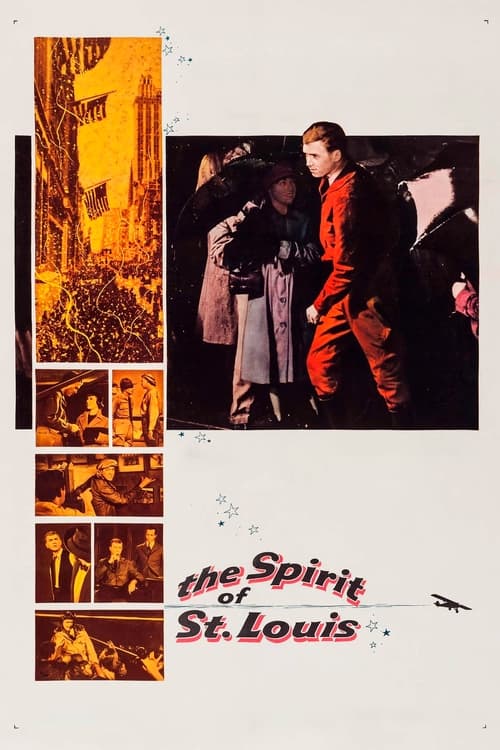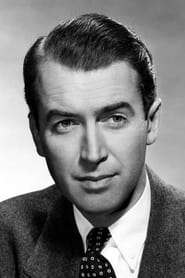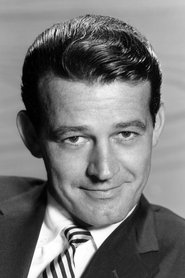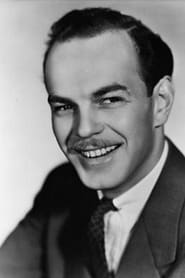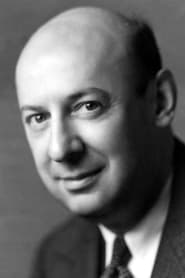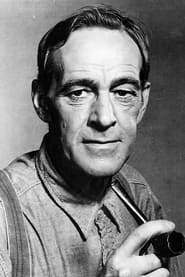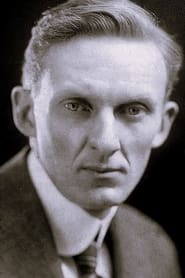Cast
View AllJames Stewart
as Charles Augustus 'Slim' Lindbergh
Murray Hamilton
as Bud Gurney
Patricia Smith
as Mirror Girl
Bartlett Robinson
as Benjamin Frank Mahoney, President Ryan Airlines Co.
Marc Connelly
as Father Hussman
Arthur Space
as Donald Hall, Chief Engineer Ryan Airlines
Charles Watts
as O.W. Schultz, Salesman Atlas Suspender Co.
Erville Alderson
as Burt (uncredited)
Frances Allen
as Mother from Oklahoma (uncredited)
David Alpert
as Clerk (uncredited)
Don Ames
as Crowd Member in France (uncredited)
Walter Bacon
as Crowd Member in France (uncredited)
Gordon Barnes
as Reporter (uncredited)
Griff Barnett
as Dad - Farmer (uncredited)
Jimmy Bates
as Farm Boy (uncredited)
Crew
Director
- Billy Wilder
Producer
- Leland Hayward
- Billy Wilder
Reviews
Thematic Analysis
As a dramatic work, The Spirit of St. Louis examines complex human relationships and emotional struggles against the backdrop of a period setting that reflects societal issues of its time. The character development particularly stands out, offering viewers a chance to reflect on their own life journeys.
Director Billy Wilder brings their distinctive visual style to this film, continuing their exploration of themes seen in their previous works while adding new elements. Their approach to character development and emotional depth creates a viewing experience that rewards close attention.
Released in 1957, the film exists within a cultural context that now offers viewers historical perspective on the social issues of that era. Its reception demonstrates the diverse reactions to its artistic choices and its place in cinema history.
Did You Know?
- The production of The Spirit of St. Louis took approximately 35 months from pre-production to final cut.
- With a budget of $7.0 million, the film represented a significant investment in bringing this story to the screen.
- The final cut of the film runs for 135 minutes, though the director's initial assembly was reportedly 160 minutes long.
- The musical score contains over 60 unique compositions.
- The cast underwent specialized training for 2 weeks before filming began.
- Some visual effects sequences took up to 6 months to complete.
Historical Context
- In 1957, when this film was released:
- The Cold War was intensifying, influencing global politics and culture.
- Television was becoming a dominant form of home entertainment.
- The film industry was dominated by major studios, with independent cinema still in its early development.
How This Film Stands Out
While The Spirit of St. Louis shares thematic elements with other films in its genre, it distinguishes itself through its unique approach to storytelling, visual style, and character development.
Unlike The Sugarland Express, which focuses more on action than character development, The Spirit of St. Louis offers a fresh perspective through its innovative visual language and narrative structure.
While films like The Bravest and Hope explore similar territory, The Spirit of St. Louis stands apart through its deeper exploration of its central themes and more complex characterization.
This film's unique contribution to cinema lies in its thoughtful balance of entertainment value and thematic depth, making it a valuable addition to its genre.
Details
- Release Date: April 1, 1957
- Runtime: 2h 15m
- Budget: $7,000,000
- Revenue: $2,600,000
